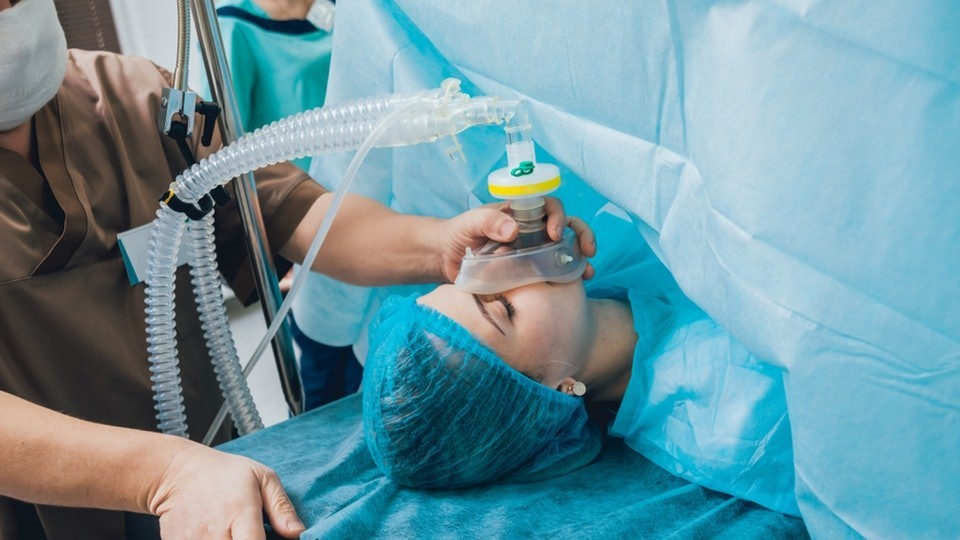Dental anesthesia plays a pivotal role in ensuring a painless and comfortable dental experience. Whether you’re undergoing a routine dental procedure or a more complex treatment, the use of anesthesia can alleviate anxiety and minimize discomfort. This article aims to demystify the secrets behind dental anesthesia, shedding light on the various techniques and benefits it offers.
Anesthesia, the administration of drugs to induce temporary loss of sensation or consciousness, is a cornerstone of modern dentistry. Dental anesthesia encompasses a range of methods, including local anesthesia, sedatives, and general anesthesia. Each technique serves a unique purpose, tailored to the specific needs of the patient and the dental procedure at hand.
Office anesthesia, often used in dental practices, involves the use of local anesthesia to numb a specific area of the mouth. This allows the dentist to perform procedures such as fillings, extractions, or root canals without causing undue pain. Local anesthesia works by blocking nerve signals in the area, effectively preventing the transmission of pain signals to the brain.
Different Types of Dental Anesthesia
In the field of dentistry, anesthesia plays a crucial role in ensuring patient comfort during various dental procedures. There are different types of dental anesthesia used to achieve this goal. Let’s explore a few common ones:
Local Anesthesia:
Local anesthesia is typically administered through an injection near the treatment area. It numbs the specific area where the dental procedure will take place, ensuring that the patient does not experience any pain during the treatment. This type of anesthesia is commonly used for minor procedures such as dental fillings, tooth extractions, or gum treatments.Nitrous Oxide Sedation:
Anesthesiologist
Nitrous oxide, often referred to as "laughing gas," is a mild form of sedation used to relax patients during dental procedures. It is administered through a mask placed over the patient’s nose. Nitrous oxide helps to alleviate anxiety and induce a state of calmness, making the dental experience more comfortable. Unlike other types of anesthesia, nitrous oxide wears off quickly, allowing patients to resume their normal activities shortly after the procedure.Intravenous (IV) Sedation:
IV sedation involves the administration of sedative medication directly into the patient’s bloodstream. This type of anesthesia induces a deeper level of relaxation and may even cause the patient to fall asleep during the procedure. IV sedation is commonly used for more complex dental procedures, such as wisdom tooth extraction or dental implant placement. It allows patients to undergo extensive treatments without feeling any discomfort or anxiety.

By employing different types of dental anesthesia, dentists can ensure that patients receive the necessary treatment while minimizing pain and discomfort. The choice of anesthesia depends on the specific dental procedure and the individual patient’s needs and preferences.
Stay tuned for our upcoming sections, where we will delve deeper into the benefits and considerations of dental anesthesia, as well as its role in the dental office setting.
Benefits of Office Anesthesia
Dental anesthesia, particularly office anesthesia, offers several key benefits that contribute to a positive dental experience. Firstly, office anesthesia helps to alleviate pain and discomfort during dental procedures. By numbing the oral tissues, patients can undergo treatments without feeling excessive pain, promoting a more relaxed and comfortable environment.
Secondly, dental anesthesia allows for effective time management. By administering anesthesia in the office setting, dental professionals can efficiently perform various procedures without the need for multiple appointments. This streamlines the process for both the patient and the dental team, saving valuable time and resources.
Lastly, office anesthesia enables dental professionals to safely and effectively sedate patients who experience dental anxiety or fear. Sedation techniques, such as oral sedatives or nitrous oxide gas, help to calm patients and reduce their anxiety levels. This not only promotes a more pleasant dental experience but also allows patients to receive necessary treatments without undue stress or apprehension.
In summary, office anesthesia provides numerous benefits by minimizing pain, optimizing time management, and easing dental anxiety. These advantages contribute to a more positive and efficient dental experience for both patients and dental professionals.
Understanding Sedation Dentistry
Sedation dentistry is a technique used to help patients relax during dental procedures. It involves the use of medications that induce a state of relaxation and calmness. Dental professionals have been employing sedation dentistry to alleviate anxiety and fear in patients for many years.
One common form of sedation used in dentistry is oral sedation. This involves the administration of medication in the form of pills, which are taken by the patient before the dental appointment. The medication helps to reduce anxiety and promote a feeling of relaxation. Oral sedation is often preferred by patients who have mild to moderate dental anxiety.
Another form of sedation dentistry is intravenous (IV) sedation. This method involves the administration of sedative medications directly into the patient’s bloodstream via an IV line. IV sedation is often used for more complex dental procedures or for patients with severe dental anxiety. It allows the dentist to have better control over the level of sedation, ensuring that the patient remains comfortable throughout the procedure.
Office anesthesia, also known as inhaled minimal sedation, is another technique utilized in sedation dentistry. This involves the inhalation of a combination of nitrous oxide (commonly known as laughing gas) and oxygen. The patient breathes in the gas through a small mask placed over the nose, which induces a relaxed and euphoric state. Office anesthesia is considered safe and can be quickly reversed, allowing patients to resume their normal activities after the procedure.
In conclusion, sedation dentistry plays a crucial role in ensuring that patients feel comfortable and relaxed during dental procedures. Whether it’s through oral sedation, IV sedation, or office anesthesia, dental professionals are able to address the fears and anxiety that many individuals experience when visiting the dentist. By understanding the different sedation techniques available, patients can make informed decisions about their dental care and ultimately achieve better oral health.



